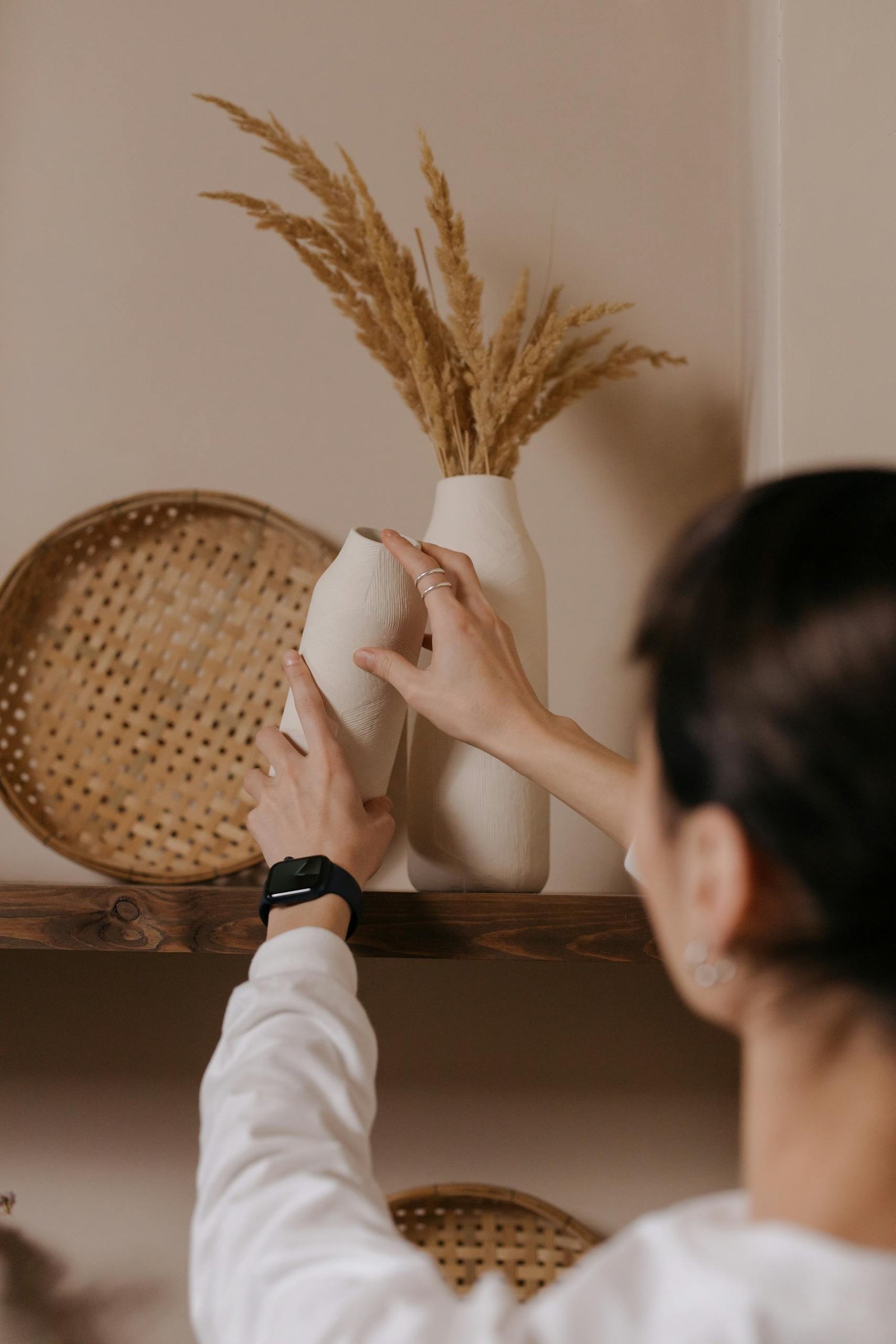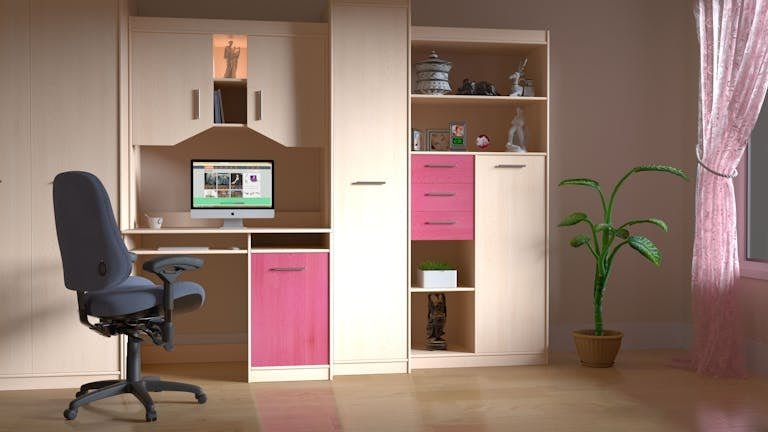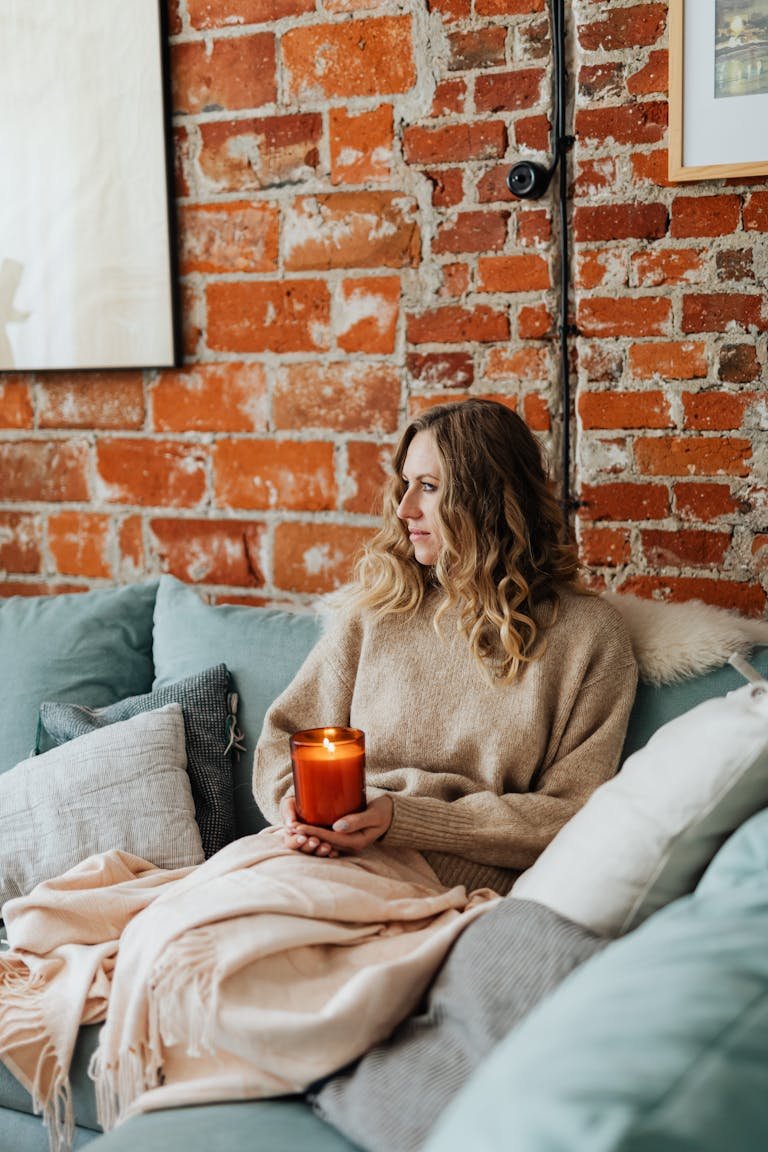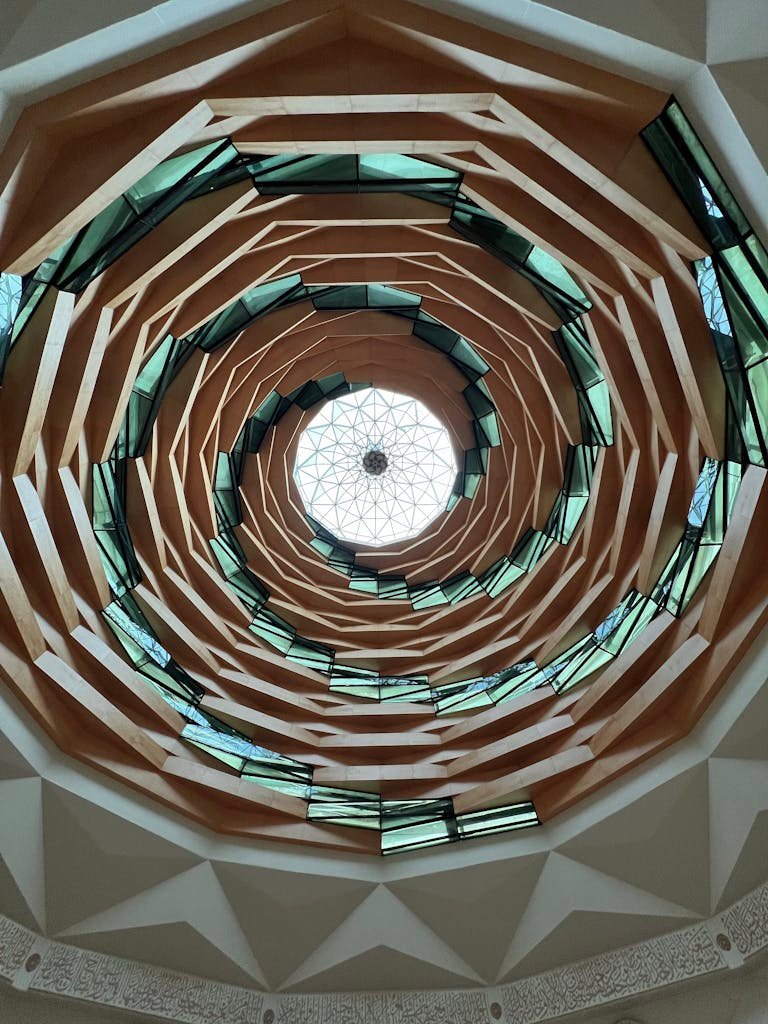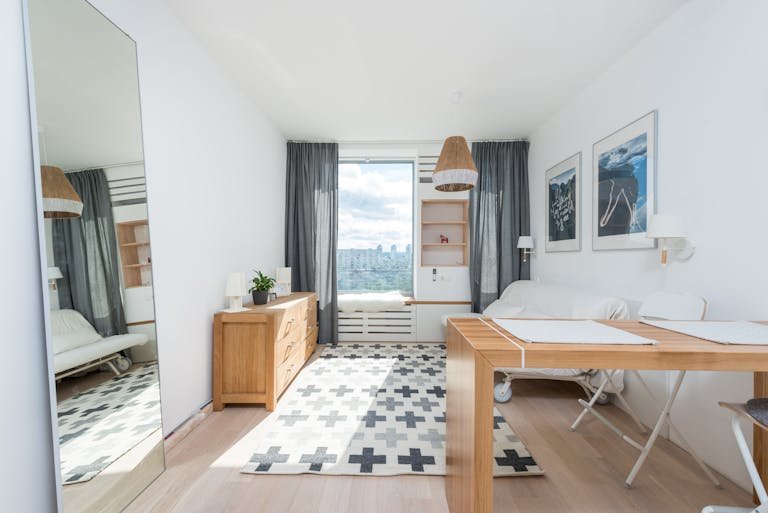A Guide to Feng Shui in Home Decor
A Guide to Feng Shui in Home Decor
Feng Shui
Feng Shui is a popular topic when it comes to creating balanced and harmonious spaces. Exploring the principles and providing practical applications can attract those interested in this philosophy.
I have always believed that the harmony of a space extends beyond aesthetics; it encompasses the energy and balance that create a truly enriching living environment. Feng Shui, an ancient Chinese practice rooted in the art of placement and energy flow, offers a unique perspective on home decor. Let’s look at the principles and practices of Feng Shui in home decor, exploring how this ancient philosophy can transform your living space into a sanctuary of positivity and well-being. By the time you’ve finished reading, you’ll be equipped with the knowledge to embrace Feng Shui as a guiding force in creating a harmonious and balanced home.
Energy and Alignment
Why does understanding Feng Shui matter in home decor? Because Feng Shui is based on the idea that the energy, or “chi,” within a space can greatly impact our lives. The practice aims to create an environment where energy flows harmoniously, promoting balance, health, and prosperity. Feng Shui involves arranging furniture, objects, and colors in a way that maximizes positive energy and minimizes negative influences. By aligning your living space with the principles of Feng Shui, you can create a space that supports your well-being on multiple levels.
Mapping Energy Zones
The Bagua map is a foundational tool in Feng Shui that divides a space into nine zones, each corresponding to different aspects of life. These zones include wealth, fame, relationships, creativity, career, knowledge, family, health, and helpful people. By overlaying the Bagua map onto your floor plan, you can identify which areas of your home align with these aspects. This is important because it allows you to make intentional design choices in each zone, ensuring that the energy within your space is in harmony with your goals and desires.
Creating Balance with the Five Elements
Feng Shui incorporates the concept of the five elements—wood, fire, earth, metal, and water—each representing different qualities and energies. Incorporating these elements in home decor is significant because it creates a sense of balance and harmony. For example, wood represents growth and vitality, so introducing wooden furniture or plants in certain areas can enhance those qualities. The interplay of elements is important because it contributes to the overall equilibrium and energy flow within a space.
Navigating Colors
Colors play a crucial role in Feng Shui because they carry specific energies that can influence mood and well-being. Understanding the Feng Shui spectrum of colors allows you to make intentional color choices based on the energy you want to cultivate in each space. For instance, warm colors like red and orange are associated with passion and creativity, while cool colors like blue and green promote calmness and tranquility. Choosing colors mindfully is essential because it contributes to the overall energy balance and aesthetic appeal of a room.
Furniture Placement
The placement of furniture is a fundamental aspect of Feng Shui, as it determines the flow of energy within a space. Furniture should be arranged in a way that allows for easy movement and energy circulation. This is important because cluttered or obstructed pathways can hinder the flow of chi, leading to stagnant energy. Additionally, the position of furniture should align with the Bagua map to enhance specific aspects of life. Placing a desk in the career zone, for example, can promote focus and productivity. Furniture placement is crucial because it directly influences the energy dynamics within a room.
Clutter Clearing
Clearing clutter is a cornerstone of Feng Shui, as clutter is believed to obstruct the flow of positive energy. Clutter can manifest not only as physical objects but also as outdated beliefs and emotional attachments. Clearing clutter is valuable because it allows energy to flow freely, creating a sense of lightness and vitality. This practice involves letting go of items that no longer serve a purpose, organizing belongings, and creating an environment that fosters a clear mind and an open heart.
Enhancing Positive Energy
Crystals are often used in Feng Shui to enhance positive energy and create a balanced environment. Each crystal carries specific properties that can align with different intentions. For example, amethyst is known for its calming energy, while citrine is associated with abundance and creativity. Placing crystals strategically in various zones can amplify the energy you wish to cultivate. Using crystals mindfully is important because they can serve as potent tools for creating a harmonious and energetic living space.
Expanding Space and Energy
Mirrors are versatile tools in Feng Shui that can amplify the energy of a space. Placing mirrors strategically can create the illusion of space, reflect light, and enhance positive energy. For instance, hanging a mirror opposite a window can bring more light into a room. However, mirrors should be used mindfully, because they also have the potential to reflect negative energy or disrupt energy flow. Proper placement of mirrors is important because it contributes to the energetic balance and visual expansiveness of a space.
Intentional Decor Choices
Decorative items carry symbolic significance in Feng Shui, as they can influence the energy of a space. Incorporating intentional decor choices, such as artwork, sculptures, and symbols, can infuse a room with specific energies. For instance, a painting of flowing water can symbolize abundance and flow, while a pair of mandarin ducks can represent love and partnership. Choosing decor mindfully is important because it allows you to align the energy of your space with your intentions and aspirations.
Inviting Positive Chi
The front entrance of a home is considered the mouth of chi, the entry point for energy. Creating an inviting and auspicious entrance is vital in Feng Shui because it sets the tone for the energy that enters the home. A well-maintained entrance, free from clutter and obstacles, allows positive chi to enter freely. Placing welcoming elements like plants, a vibrant doormat, or a wind chime can enhance the energy at the entrance. Focusing on the front entrance is important because it determines the quality of energy that permeates your entire living space.
Haven of Restful Energy
The bedroom is a sacred space in Feng Shui, as it is where we recharge and rejuvenate. Creating a restful and harmonious bedroom environment is essential because it promotes restful sleep and relaxation. Avoid placing electronics or work-related items in the bedroom, because they can disrupt the serene energy. Choose soothing colors, soft textures, and comfortable bedding to enhance the calming atmosphere. The bedroom is significant because the energy within it directly impacts your overall well-being and vitality.
Incorporate Feng Shui in Modern Decor
Incorporating Feng Shui principles into modern decor doesn’t mean adhering to rigid rules; rather, it’s about integrating ancient wisdom with contemporary aesthetics. Modern Feng Shui emphasizes adaptability and personalization, allowing you to embrace the philosophy while expressing your unique style. Balancing traditional principles with modern sensibilities is important because it enables you to create a space that resonates with both the energy and the design elements that reflect your personality.
Designing with Energy and Intention
In the intricate tapestry of home decor, Feng Shui emerges as a guiding thread that weaves energy and intention into the design. As an experienced interior decorator, I have witnessed the remarkable transformations that occur when the principles of Feng Shui are embraced with an open heart and a mindful approach. Feng Shui invites us to see our living spaces as more than just physical environments; they are vessels of energy that shape our experiences and emotions. Because incorporating Feng Shui in home decor is a journey of self-discovery and mindfulness, one that empowers you to create a harmonious and balanced sanctuary that supports your well-being on every level.
